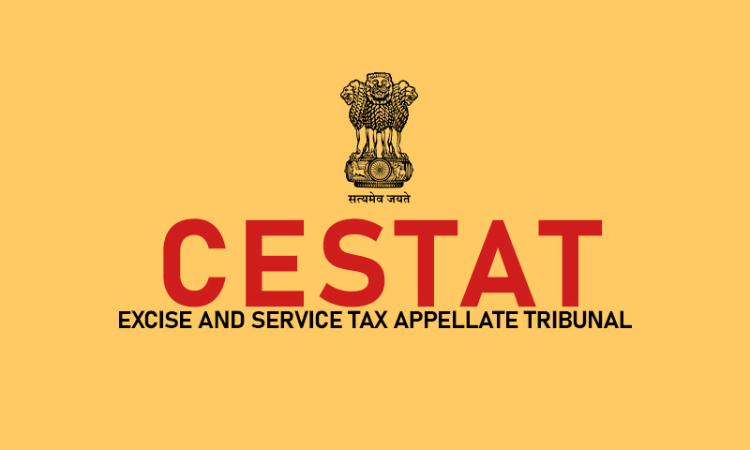Set Top Boxes Satisfy Definition Of 'Inputs', Dish TV Entitled To 100% Credit: CESTAT
Mariya Paliwala
27 May 2024 8:21 AM IST

Next Story
27 May 2024 8:21 AM IST
The Allahabad Bench of Customs, Excise, and Service Tax Appellate Tribunal (CESTAT) has held that Dish TV is entitled to 100% credit as the set top boxes satisfy the definition of 'Inputs'.The bench of P. K. Choudhary (Judicial Member) and Sanjiv Srivastava (Technical Member) has observed that the set top boxes satisfy the definition of inputs as they are goods used by the output service...
